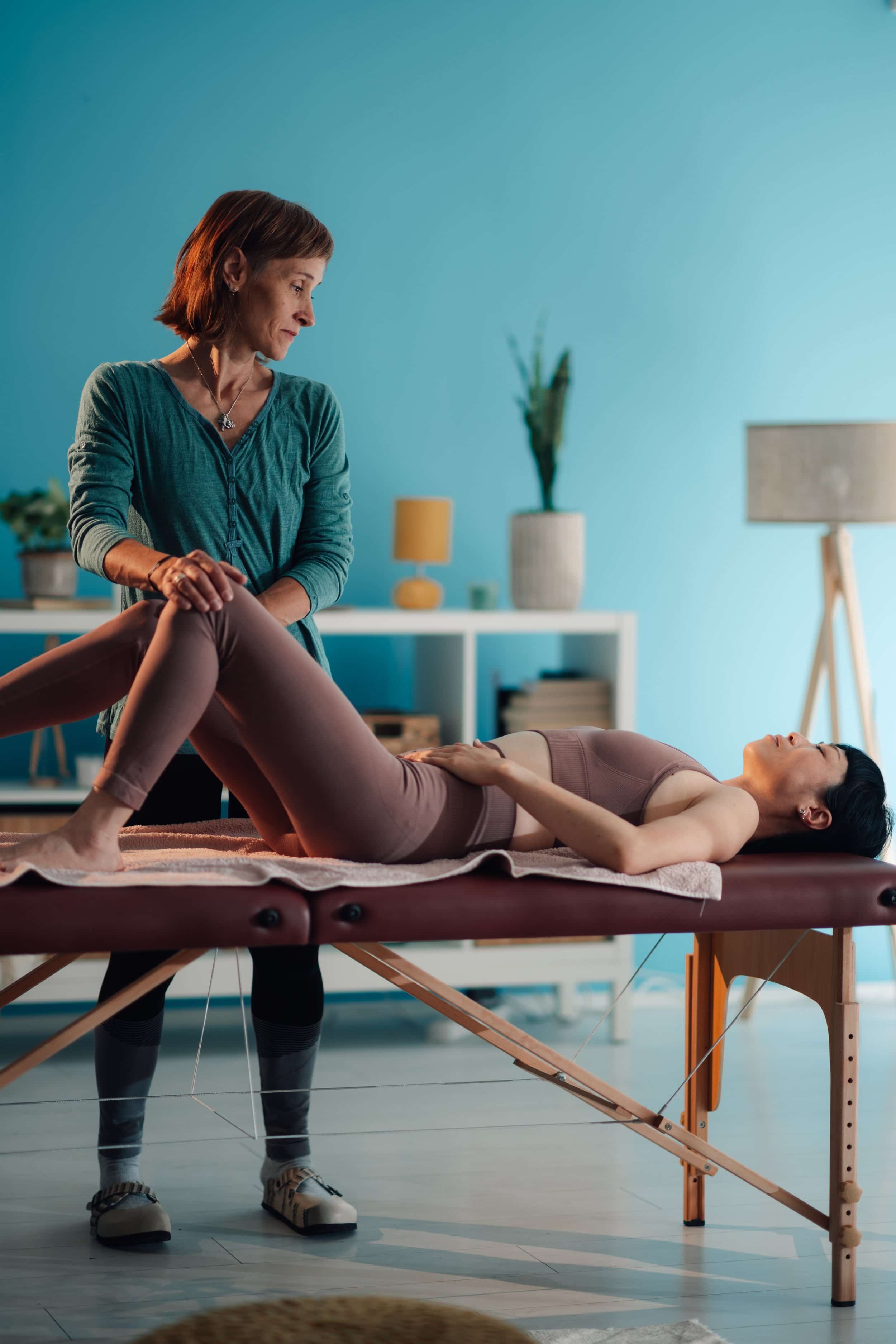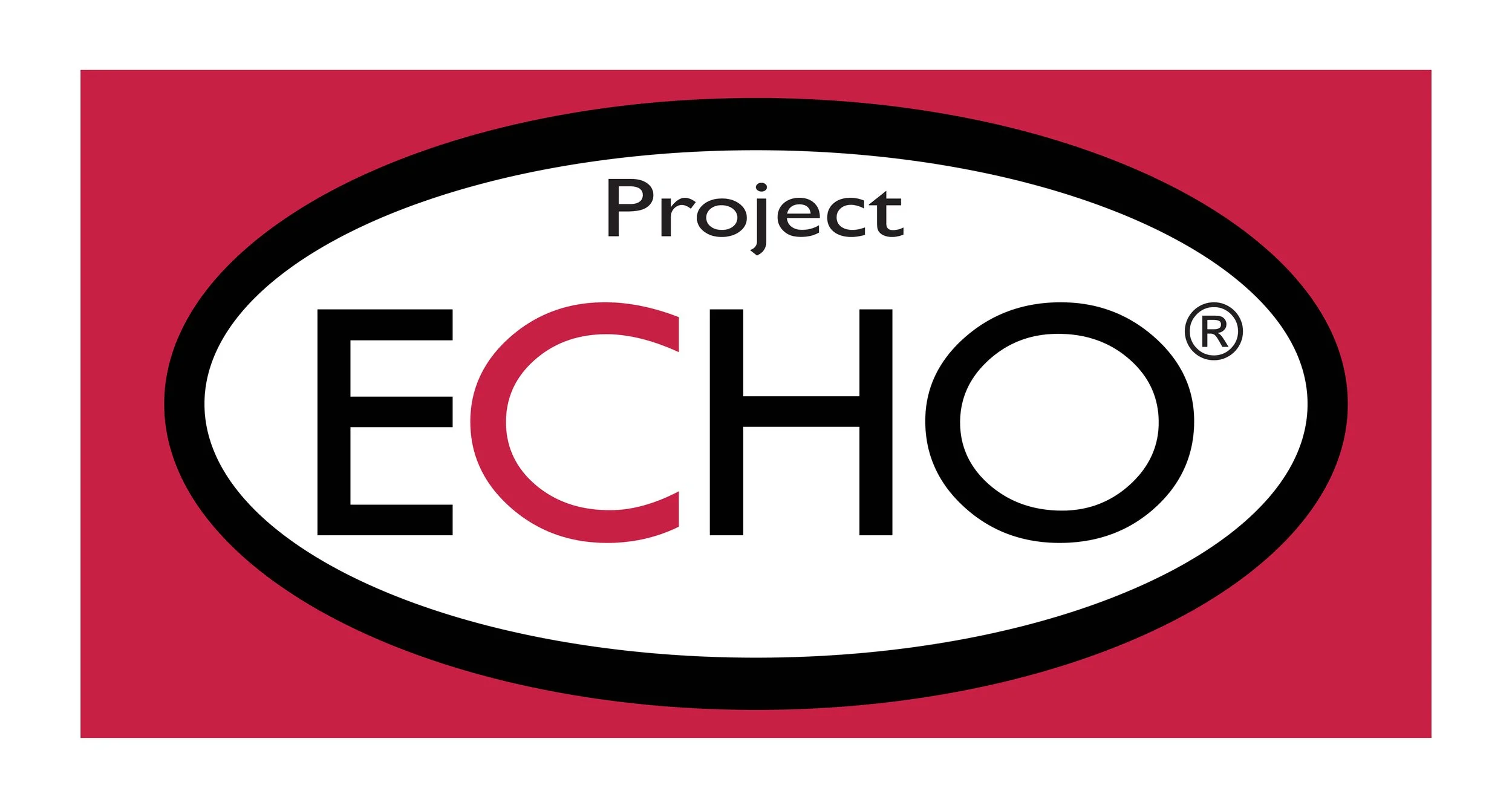A Specialized Approach to Physical Therapy for Ehlers-Danlos Syndrome, Hypermobility, and Chronic Pain
-

Physical Therapy
It is so important for those with EDS or any degree of hypermobility to get strong and stay strong, but unfortunately that often is impossible to do without pain. That is why you must work with a physical therapist who intimately knows and understands chronic pain conditions and knows how to help you navigate a proven path to strength and healing.
-

Holistic Wellness
The value of non-traditional, non mainstream treatments in the realm of somatic and nervous system re-education cannot be emphasized enough. It’s so unfortunate that our mainstream health system does not acknowledge these treatments as valid. I experienced their healing power personally and they are the perfect compliment to traditional physical therapy treatments.
-

Ehlers-Danlos Syndrome
Samantha has completed the EDS ECHO Ehlers-Danlos Syndrome training for practitioners. This training is offered through the Ehlers-Danlos Society and is a worldwide network of practitioners who share knowledge and expertise to improve awareness & care for those with EDS. Samantha is a patient of one of EDS ECHO’s physician trainers, who is also one of the USA’s most prominent EDS physicians.
Why Traditional Physical Therapy Often Fails EDS and Hypermobility Patients
One of the most common questions I get from patients is, “Why haven’t I gotten better with past physical therapy?” After my patients start improving and realize that they didn’t get the help needed “a long time ago”, they become frustrated. It’s a complicated answer, but I’ll do my best to give the short version.
We do not fit in to the full insurance run traditional physical therapy model. The medical system forces us into 2-3 visits/week for less than half hour at each visit and only a total of 12-20 visits per year. After less than 30min with a therapist or assistant, we are put in the hands of unqualified PT Techs. This works for a simple surgery rehab, but not for EDS or Hypermobility. Most of us are quite complicated and need dedicated 1-on-1 time with a PT for an hour. Our bodies do not tolerate traditional protocols and we need a lifetime of physical therapy support.
On top of that, as therapists, we have very little training in chronic pain. There is virtually no focus put on chronic pain and hypermobility in most graduate programs. And most of these programs are not yet accepting students with physical disabilities. I got through, but only after my first program made it impossible for me. This is a whole topic in itself, but understand that in school, we have no-one with these conditions in class to see how our bodies react differently. And there’s no focus on it, likely because treating chronic pain is not as profitable as a post-op knee, not to mention that it is so much more complex and difficult to treat. In my experience thus far, my colleagues almost always ask for my ideas when they encounter a chronic pain case. Most PT’s have no idea how to help you.
Traditional physical therapists often start with a focus on strengthening and stabilizing, resulting in further pain and injury to the hypermobile patient. It is necessary to focus first on movement re-training. Developing muscle control and coordination, followed by muscular strengthened stability must be developed first to avoid injury and pain. That requires EDS knowledgeable practitioners working one to one in a non-rushed environment. Chronic pain cases are very complex and not conducive to less than half hour treatments.
How did my Integrated Treatment approach Develop?
In my own quest to recover from joint pain, I found that traditional physical therapy didn’t result in full recovery from injuries or surgeries. Through a great deal of trial and error, I discovered several alternative treatments that, when combined with traditional PT, allowed me to progress and overcome. Most of those treatments fell into the realm of nervous system and somatic re-education.
The brain is the main driver of pain perception. Many times it perceives non-painful stimuli as painful due to a disruption in proper connection between brain and body. I focus on finding and improving the disconnect through touch, breathing, mindfulness, and gentle movements. Together, we focus on not learning “how to move” but “possible ways to move”. When the body loses its ability to move using many different patterns or varied ways, it can result in a disruption of connection , thus causing chronic pain response to normal movements.
Another focus is re-training and improving the activation of the vagus nerve system (resting/digesting/calm part of your nervous system). When this is active, it calms nerves reducing sharp pain. Over time, the body stays in this system more often reducing pain in the long run.
Many of my patients have found relief through these types of treatments, and some have experienced instant relief. I have found these treatments incredibly effective for myself and have learned enough to help others now, as I continuously strive to learn more.
Combining Insurance-Based PT with Holistic Wellness
This is the only hybrid specialty Chronic pain, EDS and hypermobility physical therapy clinic in the midwest. Every other specialty clinic for EDS and hypermobility is a full cash pay clinic offering only traditional physical therapy for prices adding up to thousands of dollars. Patients in this kind of pain, who are desperate for relief, become vulnerable to emotional manipulation and persuasion to convince them the only way to find relief is to forgo their insurance benefits in these cash-pay clinics. It is my goal to provide hope and relief to patients without taking financial advantage.
Chronic Pain Defined & the Connection Between EDS, Hypermobility, and Chronic Pain
All EDS patients have hypermobile joints, which is the primary cause of chronic joint pain. But, not all patients with hypermobility have EDS. Chronic pain results when there is excess movement in hypermobile joints, or when the fragile connective tissues have had previous or unresolved injuries. As we age, our tissues have a longer history of repetitive stretching causing small micro-tears in the connective tissue which causes chronic pain and inflammation.
Pain that lasts 3 months or more is termed chronic pain. The pain can be constant or come and go. Chronic pain often disrupts your ability to do the things you want or need to do daily..
Chronic pain can be dull, aching, throbbing, burning, sharp, or shooting. Here are questions to help you determine if you have chronic pain:
Has typical physical therapy in the past not changed it or made it worse?
Do you get pain that stops you from doing daily or favorite activities?
Do people tell you the pain does not match your physical presentation?
Has pain occurred just over time without any injury?
Do you have a history of multiple areas of your body being painful?
Do you have anxiety or depression or feelings of depressed mood? Or feel hopeless?
Have you been given the “run-around” by doctors and you still don’t have a diagnosis or idea of “what’s wrong and why?”
Are you always stiff and feel like you need to stretch all the time to get out of pain?
Answering yes to any or many of these questions is a definate yes to chronic pain.
Who This Approach Helps
Whether you’ve been diagnosed with EDS, suspect you may have it, or struggle with chronic pain and hypermobility, I can help. You do not need a formal diagnosis.
This approach helps anyone who has:
Had previous failed physical therapy - either didn’t improve or increased pain
Been to months of OMM or Chiropractic without improvement
Told you can live with pain if you change how you view your pain
Had previously failed surgeries
Been told by medical professionals that your test results are normal or can’t find anything that explains your pain
Had medical professionals suggest your pain is “all in your head” and provided a psychologist referral.
Had medical professionals suggest that nothing can be done to reduce your pain and suggest that “this is your new normal”
Not been given a diagnosis or explanation for what’s wrong and why
Results & Patient Experiences
After nearly two years of working in the Lansing area, I became the preferred PT provider for a number of physicians who treat hyper-mobile or EDS patients. Rheumatologists in the Grand Rapids area have also indicated they are lacking PT expertise for their patients and are very excited to start referring to my specialty clinic. Some of my previous patients have shared their stories of success with treatments and several have indicated they’ll be following me from Lansing to Grand Rapids. See some of those reviews at the link below.
